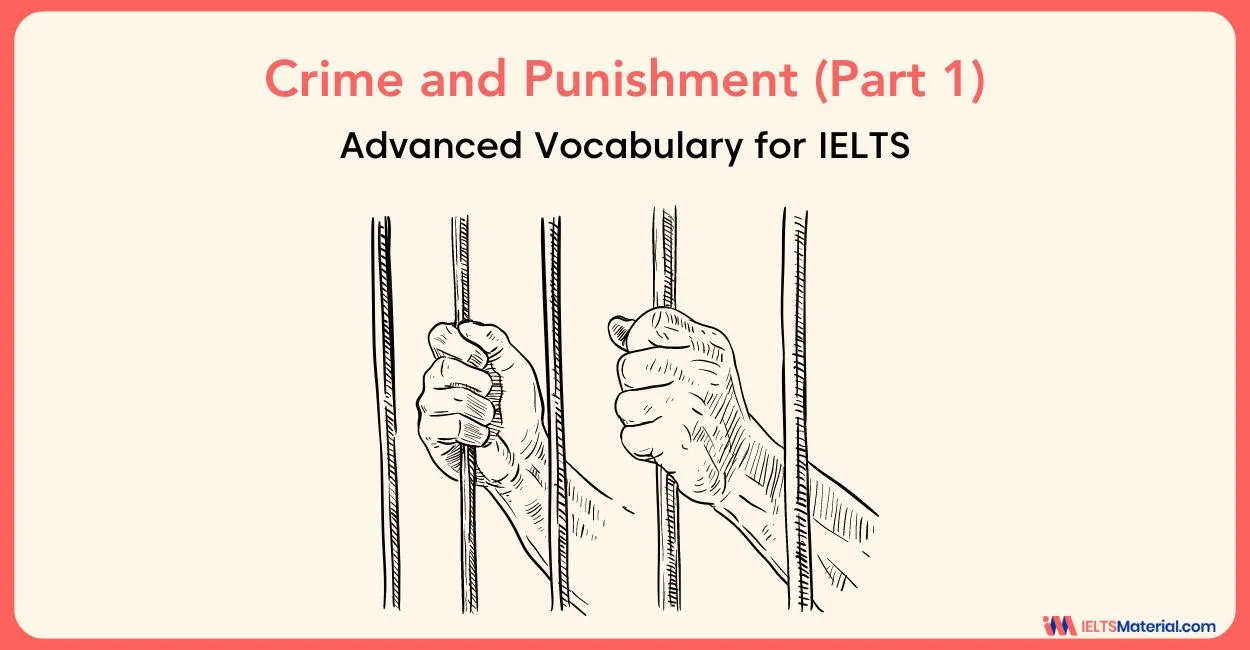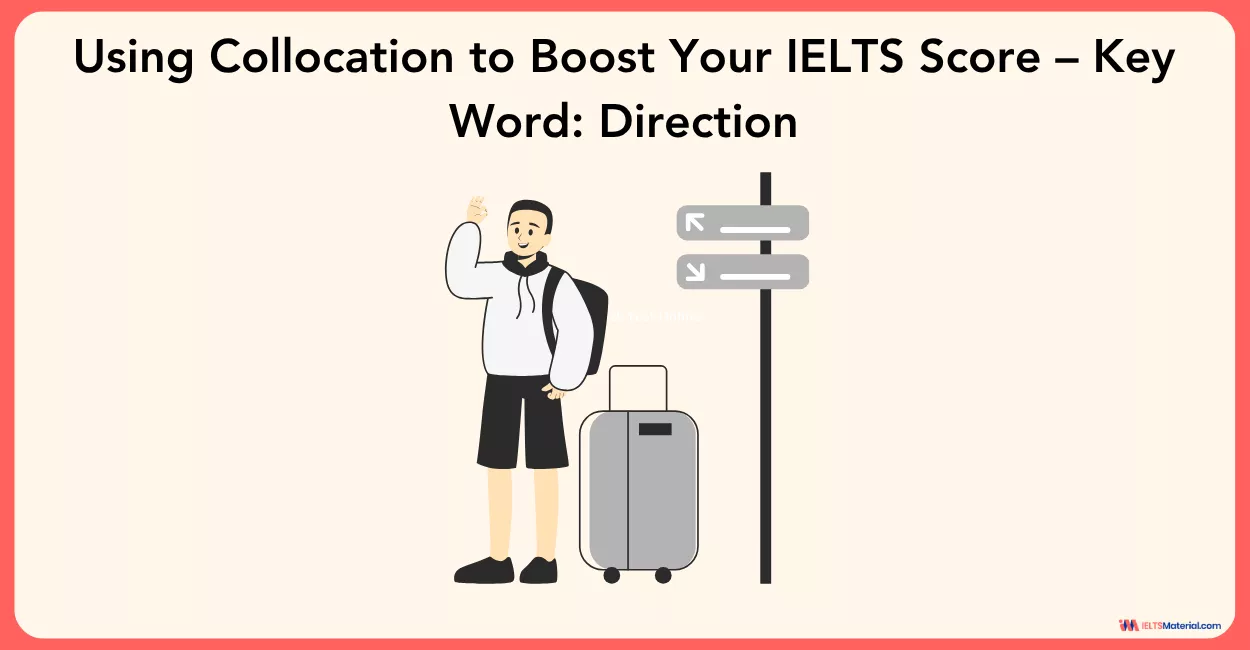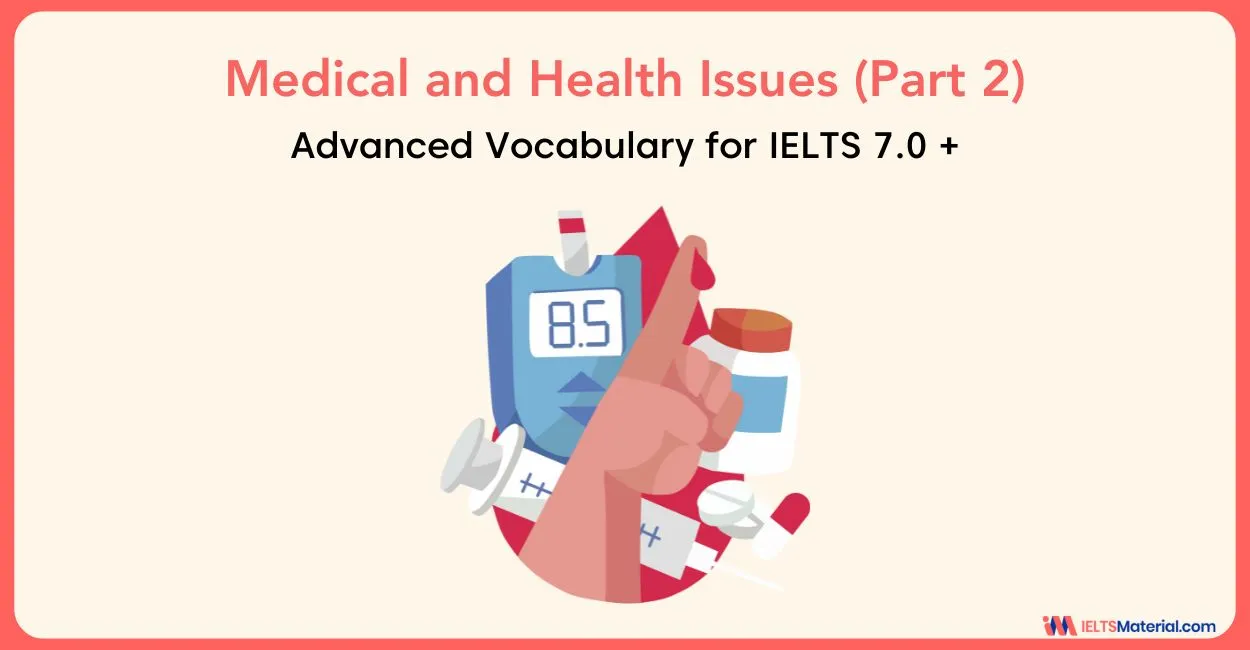Using Collocation to Boost Your IELTS Score – Key Word: Direction
4 min read
Updated On
-
Copy link
Boost your IELTS score by mastering "direction" collocations. Learn verb, adjective, and quantifier combinations to describe movement, guidance, and progress naturally in Writing Task 2 and Speaking Part 3, to boost your band score.
Table of Contents

Limited-Time Offer : Access a FREE 10-Day IELTS Study Plan!
Mastering collocations is a key strategy to improve your fluency and accuracy in IELTS Writing and Speaking. Today, we focus on the key word “direction” and explore its common collocations with verbs, adjectives, and quantifiers. Using these correctly will help you express movement, guidance, or progress naturally in your responses.
What Does “Direction” Mean?
The word direction can refer to:
- Physical orientation or movement: The wind changed direction suddenly.
- Guidance or instructions: Follow the directions on the packet carefully.
- Progress or course of action: This policy is a step in the right direction.
In the IELTS Writing and Speaking, knowing how to use these collocations correctly allows you to describe movement, give advice, or discuss plans and decisions effectively.
Verb + Direction Collocations
Exercise 1
Use the correct form of these verbs: ask for – change – give – head in – look in – take
- She waved at him across the street to draw his attention but he wasn’t ________ her direction.
- I think we’re lost. Let’s stop and ________ directions.
- Which direction do you think the government will ________?
- He ________ me directions to his house, but I got lost and had to call him on my mobile.
- The wind ________ direction suddenly. Our dinghy capsized and we all ended up in the water.
- The missing child was last seen ________ the direction of the park.
Answer Key: 1. looking in 2. ask for 3. take 4. gave 5. changed 6. heading in
IELTS Tip: Phrases like “heading in the right direction” or “ask for directions” are useful in Speaking Part 1 and Part 3 when describing travel, location, or progress.
Last chance to register for our IELTS webinar, claim your spot now!
Common Adjective + Direction Collocations
Exercise 2
Complete the sentences with these adjectives: clear – clockwise – general – opposite – right – same – wrong – westerly
- Excuse me. I wonder if you could point me in the ________ direction for the railway station?
- The hotel’s website provides ________ and precise directions on how to get there.
- When the youths saw the police coming they ran off in the ________ direction.
- In the northern hemisphere, water escapes down the plughole in a ________ direction.
- Continue in a ________ direction for about 2 miles, until you reach a small farm, then turn right.
- We seem to be going in the ________ direction. Can I join you?
- He disappeared off in the ________ direction of the pub.
- If you’re trying to get to Faversham, I’m afraid you’re going in the ________ direction.
Answer Key: 1. right 2. clear 3. opposite 4. clockwise 5. westerly 6. same 7. general 8. wrong
IELTS Tip: Adjectives combined with direction are commonly used in descriptive writing and speaking tasks, especially when explaining processes, movement, or giving advice.
Unsure how to use grammar effectively in IELTS? Sign up for our online class & master today!
Quantifier + Direction Collocations
Exercise 3
Use these quantifiers: all – both – each – every – one
- From the top of the mountain we could see for miles and miles in ________ direction.
- British motorways usually have three lanes in ________ direction. Some have four.
- When the police arrived, the crowd scattered in ________ directions.
- He doesn’t know what to do. He’s being pulled in ________ direction by his heart and in the other by his head.
- Due to an accident, traffic is moving very slowly in ________ directions.
Answer Key: 1. every 2. each 3. all 4. one 5. both
IELTS Tip: Quantifiers with direction are helpful when describing movement, traffic, or distribution, useful for Writing Task 1 and Speaking Part 2 describing scenes or processes.
Want to improve your grammar? Get the newly launched IELTS Grammar book today!
Why Learning “Direction” Collocations is Important for IELTS?
Using collocations like heading in the right direction, step in the right direction, or clear direction makes your writing and speaking more natural, fluent, and academic. In IELTS Writing Task 2, these phrases help introduce arguments, explain processes, or describe trends. In IELTS Speaking, they allow you to describe actions, movements, or personal decisions confidently.
Explore our IELTS eBook store for top-rated books curated by experts. Buy now & elevate your IELTS preparation!
Overall, Practice collocations with “direction” in sentences, essays, and speaking responses. Understanding how verbs, adjectives, and quantifiers combine with “direction” will help you describe movement, guidance, or decisions accurately, boosting your IELTS band score naturally. For those aiming for top scores, following the IELTS Exam Preparation Tips for Band Score of 8+ can further enhance your vocabulary and overall test performance.
Also Check:
- Improve Your Vocabulary for IELTS – Key Word: Space
- Improve Your Vocabulary for IELTS – Key Word: Size
- Using Collocation to Boost Your IELTS Score - Key Word: decision
- Using Collocation to Boost Your IELTS Score - Key Word: a series of
- Grammar For IELTS : The Common Grammars And Sentence Structures In English (Part 1
- Grammar For IELTS : The Common Grammars And Sentence Structures In English (Part 2)
- Using Contrast in IELTS Speaking & Writing: Advanced Grammar in IELTS

Start Preparing for IELTS: Get Your 10-Day Study Plan Today!
Recent Articles

Nitika Gupt

Nehasri Ravishenbagam

Nehasri Ravishenbagam





Post your Comments